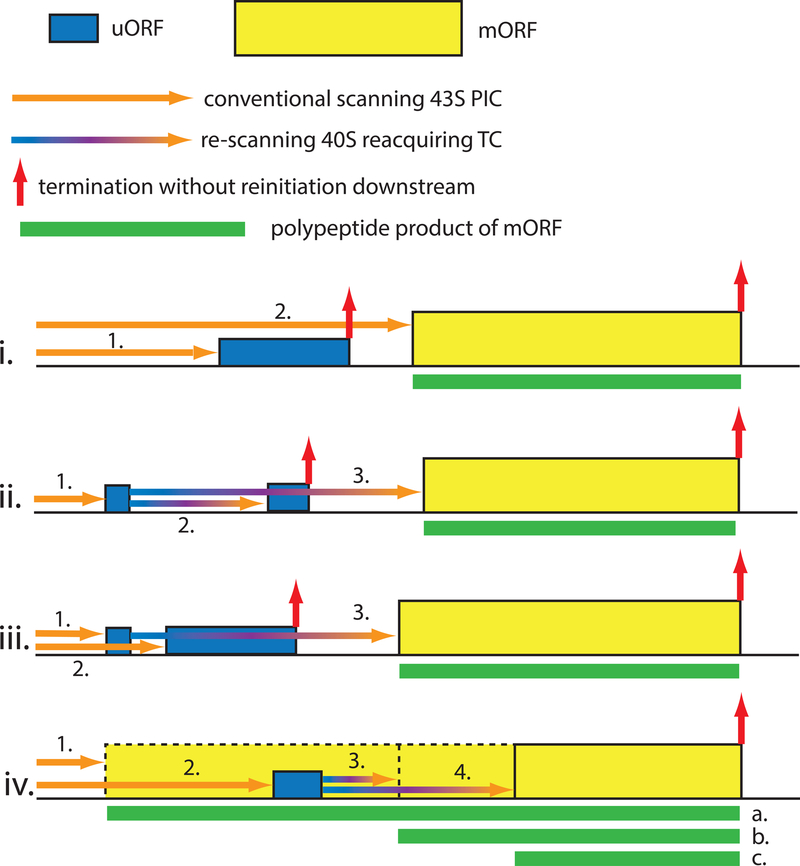Fig 3. Different gene architectures conferring translational control by short uORFs.
i) 1. Scanning PICs that translate the uORF fail to reinitiate at the mORF, as depicted in Fig. 2. 2. A fraction of scanning PICs leaky-scan the uORF start codon, enhanced by its suboptimal context, and initiate at the mORF instead. Leaky-scanning can be induced by elevated eIF5 levels for the eIF5 structural gene (4), by eIF2(αP), eg. for GADD34 (36) and IFRD (35); and by polyamines for AMD1 (encoding SAMDC) and AZIN1 (34). ii) 1. Scanning ribosomes initiate translation of a short uORF whose translation does not preclude reinitiation. 2. Resumed scanning followed by quick reacquisition of TC enables translation of an inhibitory downstream uORF that precludes further reinitiation. 3. Slow reacquisition of TC at reduced TC concentrations evoked by eIF2(αP) allows reinitiation further downstream at the mORF. Examples include GCN4 (37) and ATF4 (38, 39). iii) 1. Scanning ribosomes initiate translation of a short uORF permissive for reinitiation. 2. Ribosomes that leaky-scan the first uORF translate a second inhibitory uORF that precludes reinitiation. 3. Ribosomes that translate the first uORF resume scanning and reacquire TC only after bypassing the second uORF, avoiding its inhibitory effect. Exemplified by polyamine regulation of SAMDC synthesis in plants (34). iv) 1. Ribosomes initiate at an upstream start codon in-frame with the mORF and bypass an inhibitory uORF during elongation while producing protein isoform “a” with specific properties. 2. Scanning subunits bypass the in-frame start site, owing to its suboptimal context, and initiate downstream at the uORF. 3. Re-scanning followed by quick reacquisition of TC leads to reinitiation at a proximal start codon to produce protein isoform “b”. 4. Slow re-acquisition of TC allows initiation further downstream producing the shortest isoform “c”, with activities opposite those of “a” and “b”. Examples include C/EBP-α and C/EBP-β (49).

